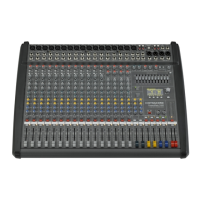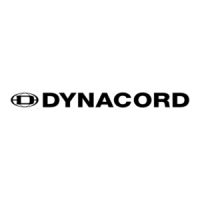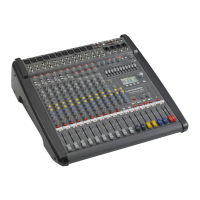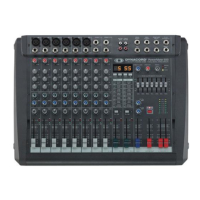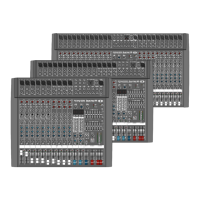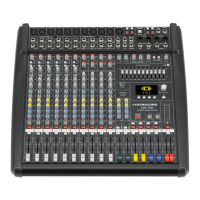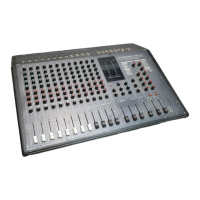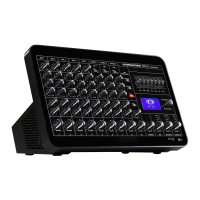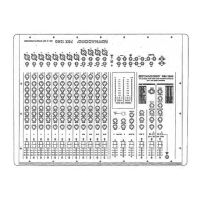Do you have a question about the Dynacord PowerMate 1000-3 and is the answer not in the manual?
Ensure rotary controls, faders, and EQ are set to center and connect the power lead.
Mount speakers, position them towards the center, and connect them using Speakon cables.
Position microphones away from speakers to prevent feedback and connect one mic using a quality cable.
Switch on the mixer, activate standby, check speaker protection, and test a microphone's gain.
Engage FX units, set faders, adjust levels, and use LO CUT and VOICE filters for sound shaping.
Test with different CDs and speakers to identify sound degradation sources.
Use the graphic equalizer to match sound to locations, making minor adjustments.
Prioritize listening with the human ear for sound system adjustments over analyzers.
Adjust LO, HI, and semi-parametric MID controls carefully for tonal character and intelligibility.
Choose dynamic mics for vocals and condenser mics for acoustic instruments; test models.
External EQs are complex and best avoided unless necessary for specific acoustical issues.
Ensure rotary controls, faders, and EQ are set to center and connect the power lead.
Mount speakers, position them towards the center, and connect them using Speakon cables.
Position microphones away from speakers to prevent feedback and connect one mic using a quality cable.
Switch on the mixer, activate standby, check speaker protection, and test a microphone's gain.
Engage FX units, set faders, adjust levels, and use LO CUT and VOICE filters for sound shaping.
Test with different CDs and speakers to identify sound degradation sources.
Use the graphic equalizer to match sound to locations, making minor adjustments.
Prioritize listening with the human ear for sound system adjustments over analyzers.
Adjust LO, HI, and semi-parametric MID controls carefully for tonal character and intelligibility.
Choose dynamic mics for vocals and condenser mics for acoustic instruments; test models.
External EQs are complex and best avoided unless necessary for specific acoustical issues.
| Sample rate | 96 kHz |
|---|---|
| Channels quantity | 10 channels |
| Channel fader (1kHz) | 85 dB |
| Digital sound processing | 24 bit |
| MIDI out | Yes |
| USB 2.0 ports quantity | 1 |
| DJ mixer | - |
| Product color | Black |
| Power consumption (typical) | 450 W |
| Depth | 571.5 mm |
|---|---|
| Width | 510.5 mm |
| Height | 164.5 mm |
| Weight | 14000 g |
| Package weight | 17000 g |
